
<Technická knihovna vystavuje projekty škol pro rozvojové oblasti> <Technical library exhibits school projects for development areas>
Prague - The National Technical Library in Prague-Dejvice is showcasing designs for schools in places where children receive education only sporadically for various reasons, starting today. The exhibition presents the works of the finalists of the 2009 Open Architecture Challenge, an international architectural competition, among which a Czech project excelled. The architects proposed a bamboo school for children in Nepal.
The competition was organized by the American foundation Architecture for Humanity. Around 400 projects focused on various global locations addressed specific problems and shortcomings of individual educational institutions. The majority of these are projects for developing areas in Asia, Africa, and South America. The exhibition also features the project of the Czech team Bamboo School for Nepal, designed by Petr Kostner, Martina Sobotková, and Soňa Huberová.
Most schools in the Kavre region of Nepal suffer from a lack of space and staff. In classrooms, 40 to 45 children are taught in rooms half the size that is customary in Czech schools. The Kavre area is very mountainous, and children often walk to school for up to two hours across steep slopes; during the rainy season, they often cannot even reach the school. Very few schools have higher grades, and the proposal accounts for their addition. Expanding schools to the necessary capacity could also significantly reduce the migration of residents to cities.
The authors of the design consulted the construction plan with the school principal during their visit to the village. They agreed that the school expansion would be proposed as a potential pilot project for future school buildings in the area, said Soňa Huberová to ČTK.
Given the complicated geography of the area and its remoteness, the architects had to rely solely on the use of local resources. Instead of concrete, stone is used, but to a minimal extent, as it often needs to be transported hundreds or even thousands of meters; clay replaces it.
Originally, traditional reeds were too flammable, so corrugated metal replaced them as roofing material. However, during the monsoons, teaching under such a roof is difficult. Bamboo was proposed by the authors due to its rapid growth. They also considered using waste materials, but in this traditionally rural area, they found almost no waste. The architects accounted for the fact that there are no craftsmen among the villagers; everyone must be able to build and repair their own house independently. The local community must be maximally involved in a sustainable and feasible project.
According to the World Bank, in 2015, educating all children will require the establishment of ten million new classrooms in more than 100 countries. Therefore, the Architecture for Humanity foundation has called on designers and architects to collaborate with students and teachers to attempt to design classrooms for the future.
Czech humanitarian organizations are also engaged in school construction; for example, People in Need operates in Afghanistan, Ethiopia, Angola, and Sri Lanka, while ADRA works in Indonesia, Angola, Bangladesh, and India.
The competition was organized by the American foundation Architecture for Humanity. Around 400 projects focused on various global locations addressed specific problems and shortcomings of individual educational institutions. The majority of these are projects for developing areas in Asia, Africa, and South America. The exhibition also features the project of the Czech team Bamboo School for Nepal, designed by Petr Kostner, Martina Sobotková, and Soňa Huberová.
Most schools in the Kavre region of Nepal suffer from a lack of space and staff. In classrooms, 40 to 45 children are taught in rooms half the size that is customary in Czech schools. The Kavre area is very mountainous, and children often walk to school for up to two hours across steep slopes; during the rainy season, they often cannot even reach the school. Very few schools have higher grades, and the proposal accounts for their addition. Expanding schools to the necessary capacity could also significantly reduce the migration of residents to cities.
The authors of the design consulted the construction plan with the school principal during their visit to the village. They agreed that the school expansion would be proposed as a potential pilot project for future school buildings in the area, said Soňa Huberová to ČTK.
Given the complicated geography of the area and its remoteness, the architects had to rely solely on the use of local resources. Instead of concrete, stone is used, but to a minimal extent, as it often needs to be transported hundreds or even thousands of meters; clay replaces it.
Originally, traditional reeds were too flammable, so corrugated metal replaced them as roofing material. However, during the monsoons, teaching under such a roof is difficult. Bamboo was proposed by the authors due to its rapid growth. They also considered using waste materials, but in this traditionally rural area, they found almost no waste. The architects accounted for the fact that there are no craftsmen among the villagers; everyone must be able to build and repair their own house independently. The local community must be maximally involved in a sustainable and feasible project.
According to the World Bank, in 2015, educating all children will require the establishment of ten million new classrooms in more than 100 countries. Therefore, the Architecture for Humanity foundation has called on designers and architects to collaborate with students and teachers to attempt to design classrooms for the future.
Czech humanitarian organizations are also engaged in school construction; for example, People in Need operates in Afghanistan, Ethiopia, Angola, and Sri Lanka, while ADRA works in Indonesia, Angola, Bangladesh, and India.
The English translation is powered by AI tool. Switch to Czech to view the original text source.
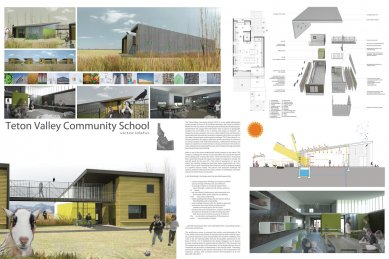
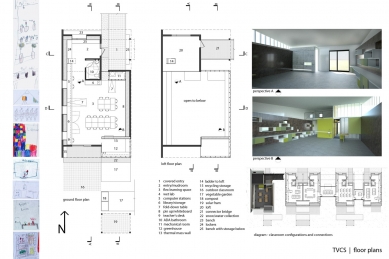
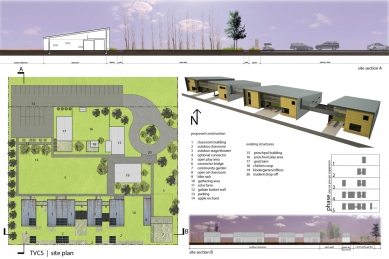
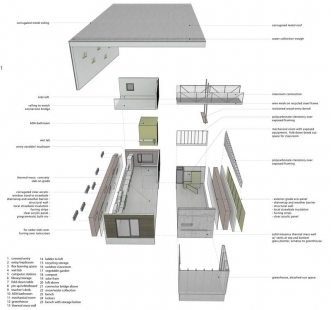
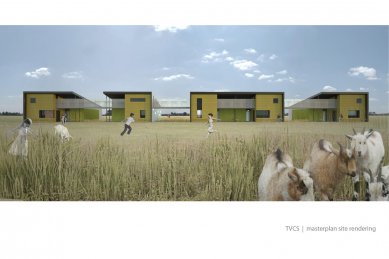
0 comments
add comment









